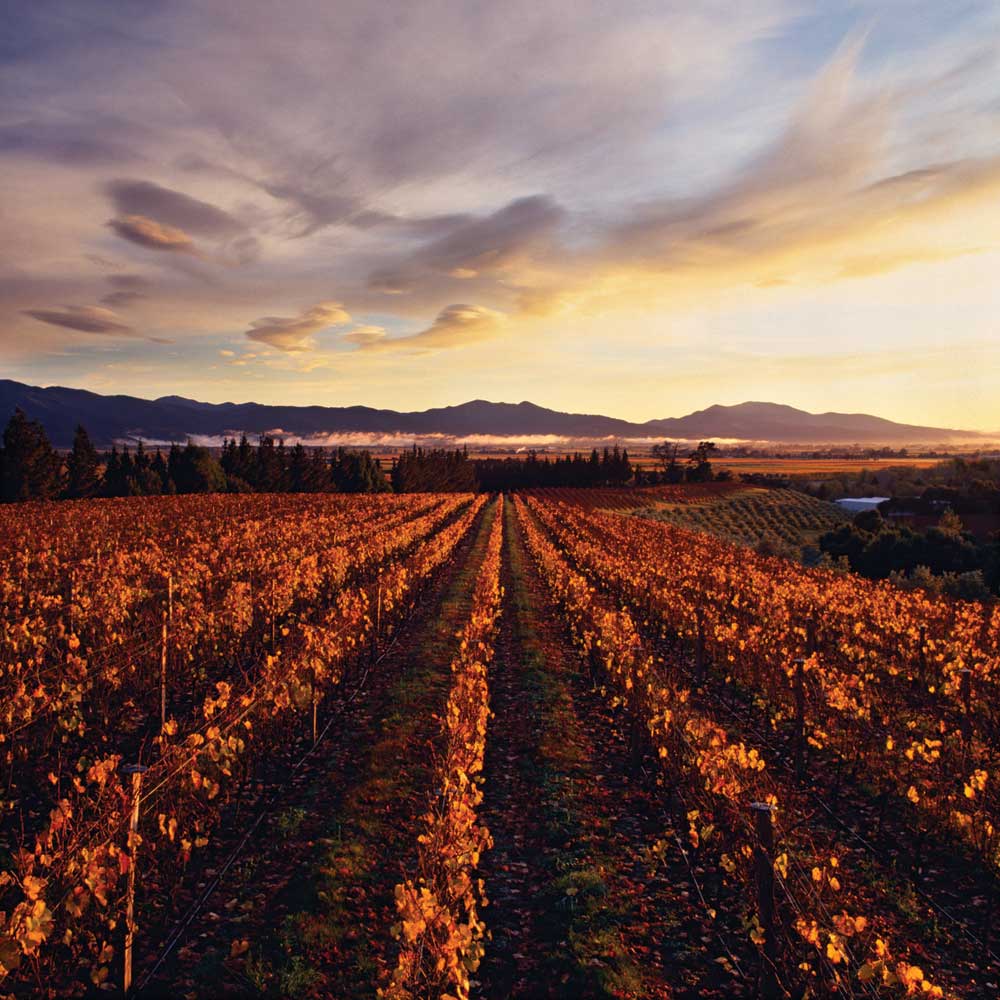Know Your Pinot In Five

A world full of pinotphile and immediate converts toasted Pinot Noir on its day of universal acknowledgement and we’re giving you five good reasons beyond International Pinot Noir Day
Pinot Noir is foremost a French noble grape that’s Burgundian by descent and challenging to grow and vinify by reputation – ask any viticulturist anywhere – and it is universally talked up and adored for standing out as most unique red wine that exudes a balance of delicate red fruit, light body and subtle tannin. This elegant wine is hard to turn out well in the best of times but the effort is lauded by high praise and several odes. Pinot Noir also has the distinction of evangelizing droves of red wine avoiders, making them believers and eventually devout red wine enthusiasts. And there’s good reason for us to gush over Pinot Noir and its assortment of acheivments as the world celebrated International Pinot Noir Day on August 18th. So without taking you down a Wikipedian road of general Pinot information, let’s stir your interest in the noble grape with with five bite sized nuggets of interesting fact and perspective.

Born & Vinified
Pinot Noir is native to the cool northern French region of Burgundy where it still lords over the precious, rolling vineyards along with white counterpart Burgundy, turning out some of the world’s finest and most expensive wines. Cistercian monks set the ball rolling on growing and vinifying Pinot Noir over a century ago. A near perfect alignment of soil, climate and spectacular winemaking talent have collectively conspired to make Pinot Noir a phenomenon of religious proportion and you just need to drop the names Montrachet and Chambertin to know the effect Red Burgundy can have in the room simply by reputation, nevermind an uncorking that might cause a riot among oenophiles.Original Style
Pinot Noir is an enigma for the sheer distinction of its style compared to weightier peers like Cabernet Sauvignon and Syrah. This thin skinned cool climate thriver in the best of conditions turns out a wine that light to medium bodied, fine texture and nice acidity, balanced by soft tannins. You can tell a good Pinot Noir when the palate beams with red berries like raspberry and cherry, a touch of earthy notes and herbs and hints of vanilla when barrel aged. What enamours wine enthusiasts most in the stunning complexity that this deceptively light wine exudes with a style that is so discernibly distinct – if you’re a pinotphile, you’ll easily pick it out in a random blind tasting.
New World Success & Style
What made Pinot Noir a sterling world phenomenon wasn’t the string of superb Burgundian vintages that few middle class oenophiles could afford. It was this finicky grape’s embrace of terroir in the new world, namely New Zealand’s Marlborough and Central Otago regions as well as California’s NapaValley where warmer climes and deft winemakers crafted a modern bolder style that’s more full bodied with an array of interesting flavours. The New World has played an indispensable role in elevating Pinot Noir to status of global phenomenon with a diverse range of expressions that perfectly compliment the traditional Burgundian red.The Oenologist’s Challenge
Picking up from the point afore, Pinot Noir is one hell of challenge and perhaps a straight up gamble. In fact, Pinot Noir is considered a litmus test of skill and character for any winemaker who dares to vinify this exacting grape. Pinot Noir is a thin skinned grape that prefers cool climate and buds early but ripens late into harvesting season which poses the most challenging scenario for both viticulturist and winemaker. Viticulturists in modern times have methods at hand to rescue harvests for a number of known grapes but for Pinot Noir, it’s the old fashioned equation of planting the grape in conditions that suit it best and constantly keep watch and nurse the fruit through to harvest. Complacency, climate shock or both can translate into a whole vintage’s work coming to naught. That’s the Pinot dilemma and the final point contains some enlightening advice on how to nail it.
The Sideways Homage
The final point plucked straight out of popular culture offers both insight on what makes Pinot truly great and how best to make it. Here’s an epic monologue in the wine themed film Sideways (2004) where protagonist Miles Raymond impresses fellow oenophile Maya about why he loves Pinot Noir: It’s a hard grape to grow. It’s thin-skinned, temperamental. It’s not a survivor like Cabernet that can grow anywhere and thrive even when neglected. Pinot needs constant care and attention, And in fact it can only grow in these really specific, little, tucked away corners of the world. And, and only the most patient and nurturing of growers can do it, really. Only somebody who really takes the time to understand Pinot’s potential can then coax it into its fullest expression. And then, its flavours, theyre just the most haunting and brilliant and thrilling and subtle… ” Enough said!




